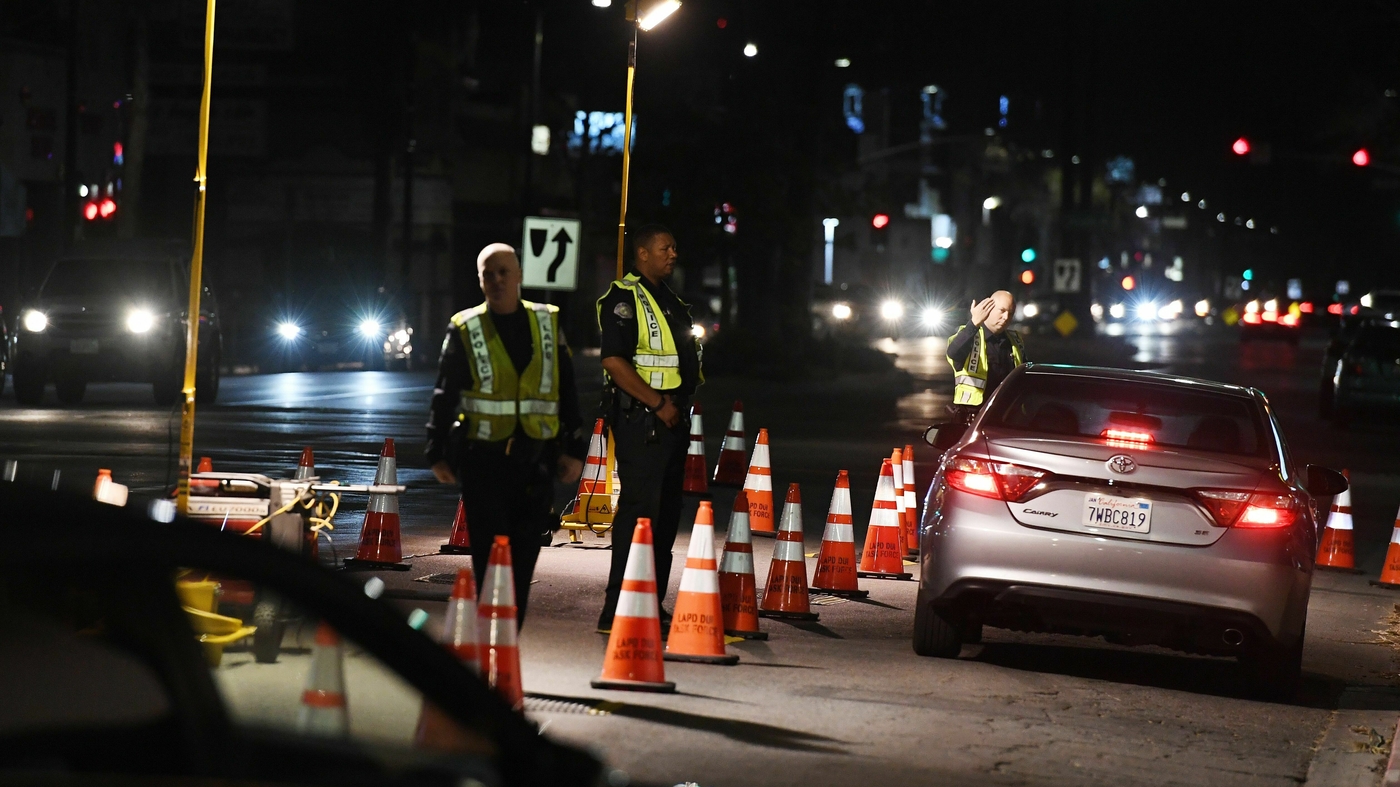Anti-drunk-driving technology is a priority, not a science, but a challenge that the NHTSA has a lot to offer
It was stated that technology could help prevent thousands of annual road deaths involving alcohol at an event in DC. Almost 13,400 people died in US alcohol-related crashes in 2021 alone, NHTSA figures say.
“Impaired driving crashes are 100% preventable – there’s simply no excuse or reason to drive impaired by alcohol or drugs,” NHTSA acting administrator Ann Carlson said in a statement.
In a document accompanying Tuesday’s announcement, regulators laid out several open questions around anti-drunk-driving technology that made clear the NHTSA’s plans are at an early stage: What’s the best way to determine whether someone is drunk or drowsy or distracted, and should the car treat those impairments differently? If a car discovers the driver is drunk, what should it do? Is there a way for systems to never lock people out who aren’t drunk?
Breath and touch sensors, which can be used to detect alcohol consumption, along with cameras that can monitor a person’s eye movements, are among the technologies in development.
“Everyone involved in this rulemaking process at NHTSA and everyone designing impaired driving prevention technologies at car companies need to understand that this is about saving human beings from the horror I’ve experienced and from the deaths and injuries of tens of thousands of Americans,” said MADD national president Tess Rowland, who was hit head-on by a drunk driver in 2021.
Even if the answers to those questions are reasonable, the technology still has to survive a court of public opinion. The public will reject the proposal if the false positives are too high, says James C. Fell, who studies impaired driving at the University of Chicago. “You don’t want to stop people from driving who are not impaired.”
Congress directed the NHTSA to create regulations requiring “advanced drunk and impaired driving prevention technology” in vehicles in 2021’s Bipartisan Infrastructure Law. But the process of creating new vehicle regulations can take months and even years, as regulators collect input from industry, researchers, and the public.
The NHTSA says if the technology becomes standard it would need to be passive, meaning it would not require any action by the driver.
